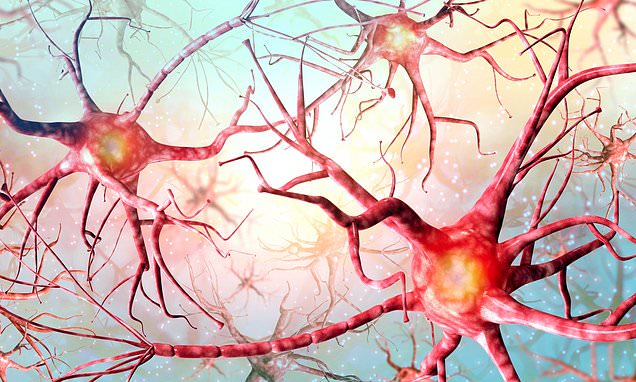
Scientists have long been curious about the mechanism by which the brain transforms touch and movement into electrical and chemical signals. A recent investigation from ICFO-The Institute of Photonic Sciences demonstrates that the transmission of mechanical forces through neurons relies not only on the makeup of the membrane but also on the arrangement of microscopic barriers within it. Featured in *Nature Physics*, this research offers extraordinary insight into how tension disseminates across the neural membrane, influencing the brain’s perception and reaction to the physical environment.
To examine these unseen forces, a team led by Prof. Michael Krieg, alongside Dr. Frederic Catala-Castro and Dr. Neus Sanfeliu-Cerdan, employed a laser-enabled optical tweezer system capable of both pulling and quantifying forces on individual neurons with picoNewton accuracy. By attaching minuscule plastic beads to the axons of the roundworm *Caenorhabditis elegans*, they observed the real-time movement of mechanical tension across two locations on the same cell.
## A Laser Tug-of-War Inside a Worm Neuron
The researchers discovered that tension propagated more swiftly in touch-sensitive neurons than in proprioceptors, which are responsible for monitoring the body’s movements. This outcome suggested that sensory neurons might be physically tailored for the rapid and accurate transmission of mechanical cues. However, the most unexpected revelation was that the spatial configuration of proteins embedded in the cell membrane dictated the distance tension could travel.
Utilizing mathematical models from Prof. Padmini Rangamani’s lab at the University of California San Diego, the scientists found that when membrane proteins are meticulously organized in repeating patterns, they limit the distance that tension can extend. Conversely, when these proteins are dispersed randomly, the force travels significantly farther across the membrane, akin to ripples in a tranquil pond.
> “Creating the 3D model revolutionized everything. It provided the stability we needed to arrive at robust conclusions, transforming a concept into an exhilarating discovery,” remarked Prof. Michael Krieg from ICFO.
This interplay of order and chaos may have profound implications for how neurons detect and decode physical stimuli. A tightly controlled spread of force could enable the cell to precisely identify the location of touch, while a broader spread might allow the neuron to amalgamate mechanical signals throughout its structure. Regardless, the mechanics of the membrane seem to modulate the neuron’s sensory accuracy.
## Bridging Mechanics and Biology
The study commenced almost serendipitously, prompted by conflicting findings in existing literature that led the ICFO researchers to investigate whether the plasma membrane itself could process mechanical information. The experiments, once further refined, uncovered that physical forces traverse neurons in a far more dynamic manner than previously believed, with their range influenced by molecular crowding and architectural design.
Independent experts assert that these findings could reshape how researchers conceptualize cellular signaling.
> “This is a very timely paper. Given the significant role that membrane tension is known to play in cell function regulation, it is crucial to discern how localized this parameter is or the extent of its propagation,” stated Dr. Eva Kreysing from the University of Cambridge.
In the future, the team aims to investigate how membrane tension interacts with its environment and how cells may manage these physical pathways in real-time. If successful, this research could shed light on the molecular origins of touch, growth, and movement.
[Read more in Nature Physics](https://doi.org/10.1038/s41567-025-02576-9)
**There’s no paywall here**
*If our reporting has informed or inspired you, please consider making a donation. Every contribution, no matter the size, empowers us to continue delivering accurate, engaging, and trustworthy science and medical news. Independent journalism requires time, effort, and resources—your support ensures we can keep uncovering the stories that matter most to you.*
Join us in making knowledge accessible and impactful. Thank you for standing with us!